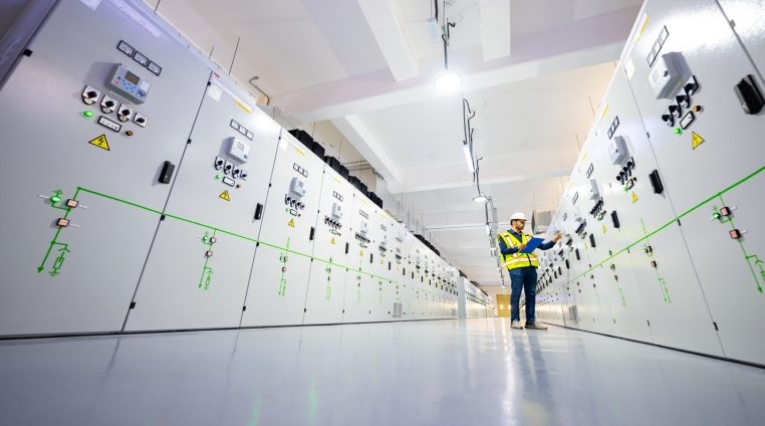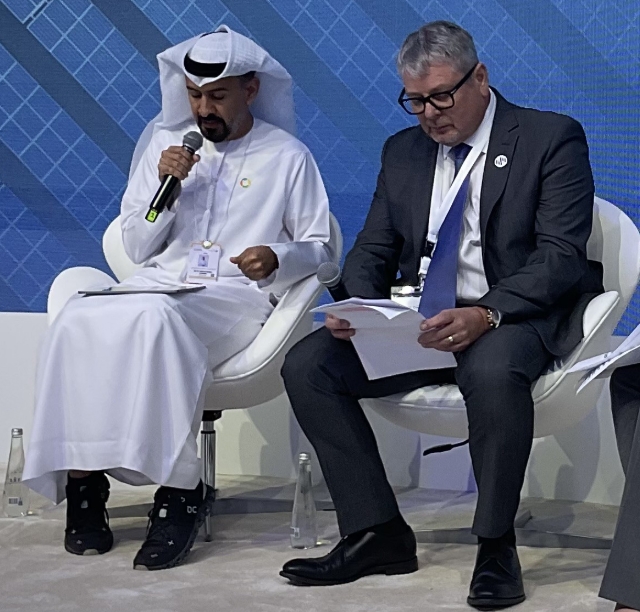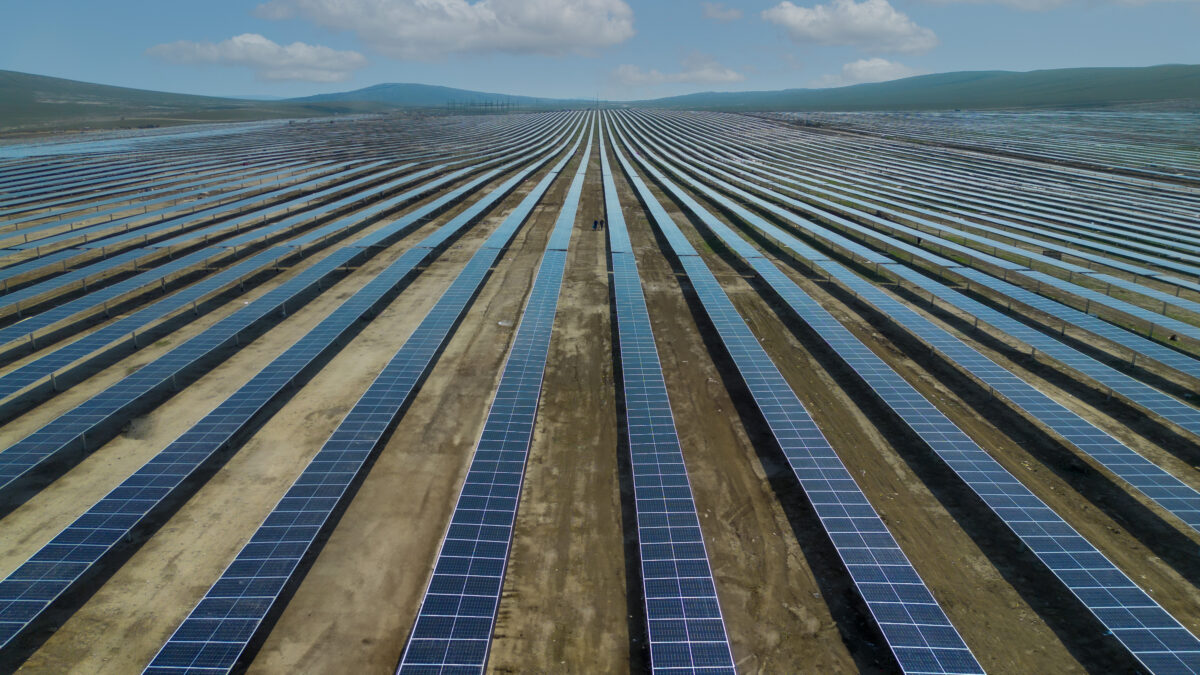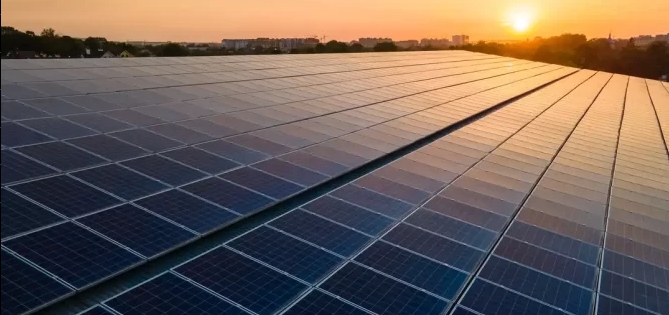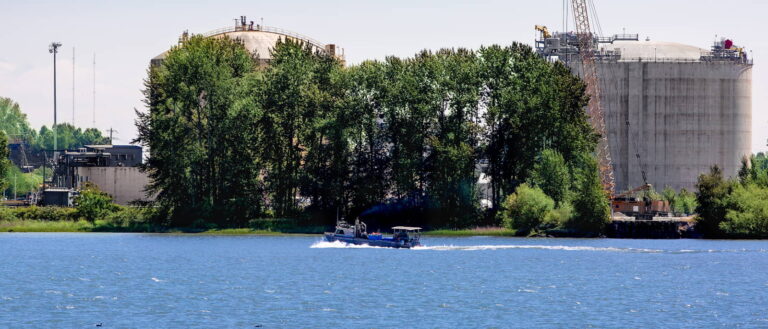
The Tilbury Marine Jetty (TMJ), managed by Tilbury Jetty Limited Partnership, a joint venture (JV) between Canadian utility FortisBC, and Seaspan’s subsidiary Seaspan Energy, entails the construction of a jetty on the south arm of the Fraser River. The facility will enable LNG bunkering vessels to refuel in the Vancouver region.
The minister’s decision allowing the project to proceed states that the facility is expected to operate for a minimum of 30 years. This follows the environmental assessment certificate granted by the Province of British Columbia in April.
The partners will now move on to secure the remaining approvals, working towards making a final investment decision (FID) for the project. The JV previously shared that once the federal approval has been obtained, construction could start as early as 2025 and be in bunkering service as early as 2026.
“We are excited to announce that the government of Canada has approved the Tilbury Marine Jetty (TMJ) project. This significant milestone allows the project to move forward in its goal of reducing emissions in the marine industry and provide benefits to our local economy, including through our agreement with Musqueam,” said Roger Dall’Antonia, President and CEO of FortisBC.
Situated near FortisBC’s existing Tilbury LNG facility, the future jetty is set to leverage the LNG production at the facility, as this is thought to be less carbon-intensive than the global average due to its use of hydroelectric power.
Seeing that around 3,100 ships stop at the Port of Vancouver each year, a third-party study suggests that switching from conventional marine fuel to LNG marine fuel could remove 90% of the particulate matter associated with marine shipping from the local airshed.
Progress was recently made in several other LNG-related projects in Canada. Woodfibre LNG, an export project under construction in British Columbia (B.C.), said to be the world’s first net zero LNG export facility, recently received clearance to deploy a floating hotel to accommodate non-local employees near the site. It will remain there until construction is complete in 2027 to ensure workers have no impact on community infrastructure and services.
An FID was made for Cedar LNG’s floating liquefied natural gas (FLNG) facility. Boasting a 3.3 million tonnes per annum (mtpa) capacity, the FLNG is situated in the traditional territory of the Haisla Nation, on Canada’s West Coast, and is described as the world’s first indigenous majority-owned unit designed to run on hydropower.
The country is also working on achieving net-zero emissions by 2050. To this end, the government of Canada passed into law the first four Clean Economy Investment Tax Credits (ITCs), meant to provide support to eligible businesses engaged in clean technology manufacturing and clean hydrogen projects.

